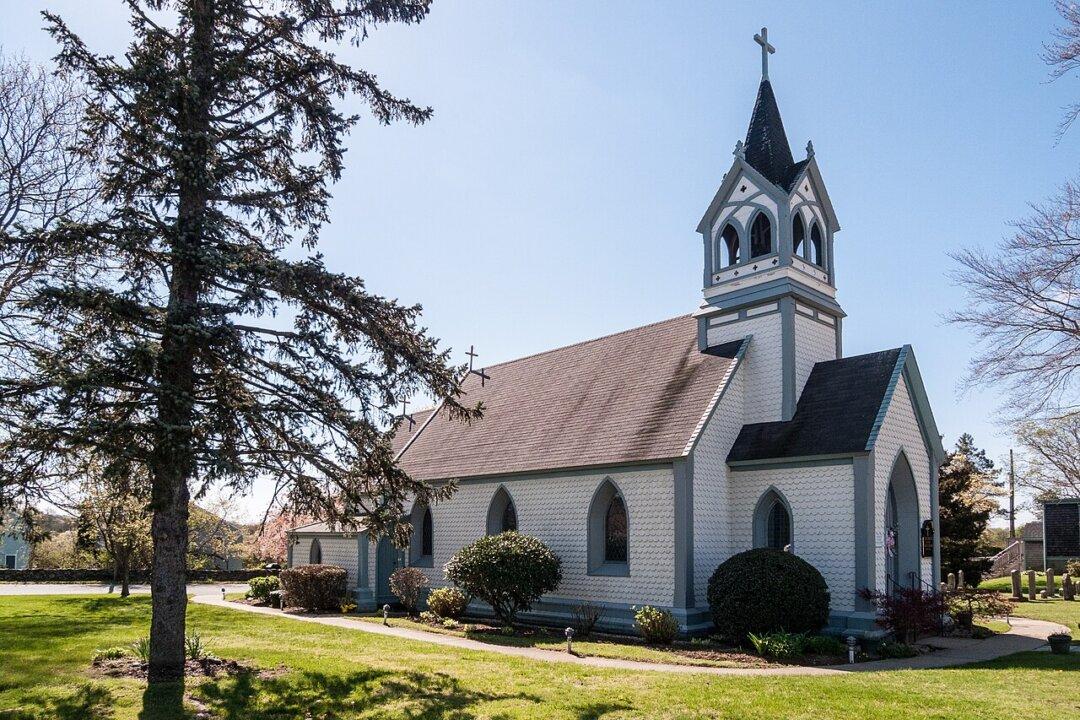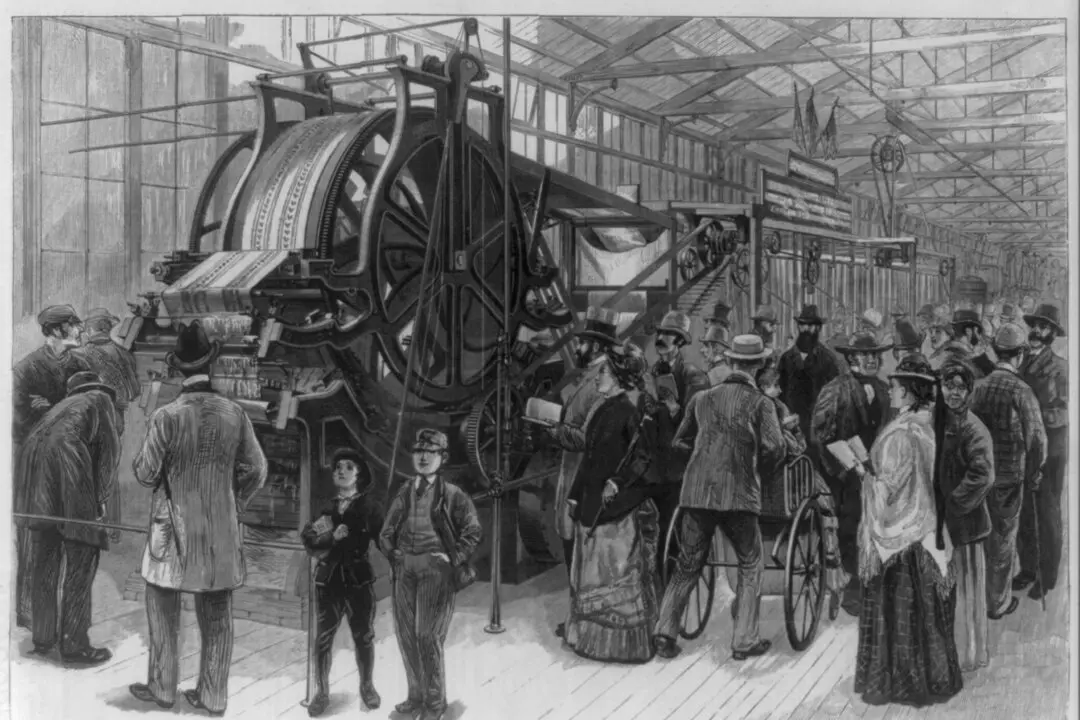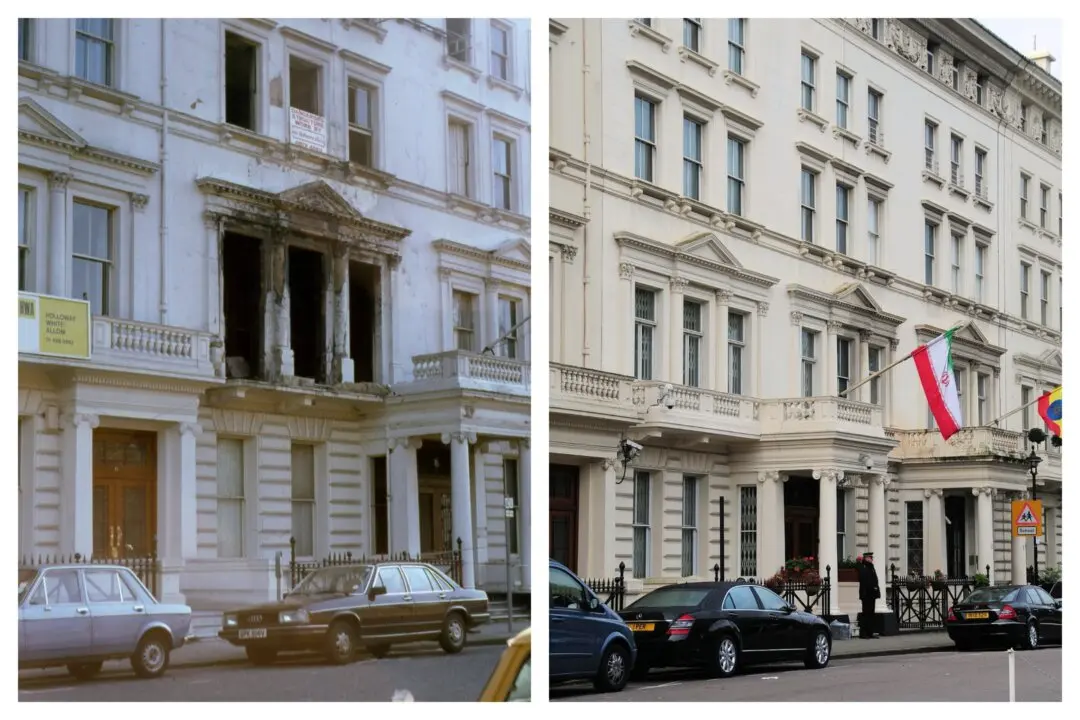Starting his career with just a vision, Richard Upjohn would become known as one of the most famous church architects in the United States. Although not everyone agreed with him at first, Upjohn believed that churches built in the Gothic Revival style would help worshippers better connect with God. He felt that being in an atmosphere that resembled the Middle Ages enabled to people to glean the most from church services.
Upjohn was born in Shaftesbury, England in 1802, where he trained as a carpenter and cabinet maker. But once he was in his 20s, Upjohn decided to move his young family to the United States in search of better opportunities.






